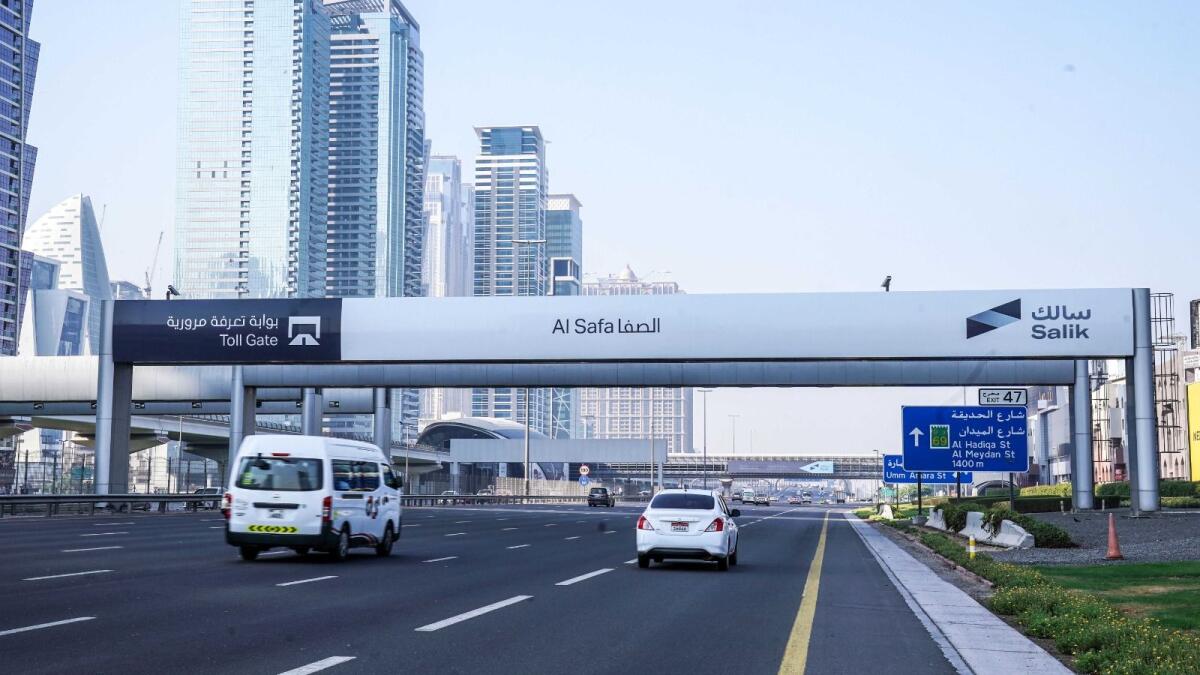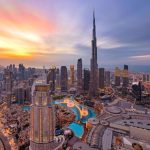Traffic congestion in Dubai is a major issue that experts in urban planning and architecture believe could be alleviated by implementing toll gates on more roads and taxing entry into busy areas. Dr. Khaled Alawadi, an Associate Professor of Sustainable Urbanism at Khalifa University, suggests that a circular toll system with toll gates on multiple roads could help distribute traffic more evenly. Toll gates could also be implemented in busy districts like Dubai Marina and JBR to reduce congestion.
However, not everyone is convinced of the effectiveness of toll gates in reducing traffic congestion. Shweta Gandhi, an Associate Consultant of Urban Planning and Strategy at Kearney, believes that tolls alone do not address the root cause of traffic congestion. Yasir Saeed, a Dubai-based architect and master planner, argues that tolls are actually causing more congestion on other highways as people try to avoid them, resulting in increased traffic overall.
To truly have a significant impact on reducing traffic congestion, alternate transport options need to be accessible. Shweta Gandhi points to the Milton Keynes Mobility as a Service (MaaS) model in the UK as a forward-thinking approach that integrates public transport, bike-share, and ride-hailing services into one platform. Dr. Khaled Alawadi also emphasizes the importance of an integrated public transport system that reaches densely populated areas like JVC, where the metro currently does not service.
Dynamic pricing, where toll rates fluctuate based on demand, is seen as a potential solution to encourage people to use alternative transportation options and reduce congestion. However, Shweta Gandhi points out that dynamic pricing may not be as effective in a city like Dubai, where robust public transport systems are lacking. Dr. Khaled Alawadi also questions the applicability of dynamic pricing in Dubai, where the city is always busy regardless of the time of day.
In addition to implementing toll gates and dynamic pricing, creating soft mobility infrastructures like dedicated bike lanes, pedestrian-friendly streets, and better public transit connectivity is essential to reduce traffic congestion in Dubai. Shweta Gandhi emphasizes the importance of integrating citywide transport strategies to avoid bottlenecks caused by isolated planning efforts. By combining toll gates with alternative mobility options and improved public transport infrastructure, Dubai could potentially see a reduction in traffic congestion and a more efficient transportation system.











